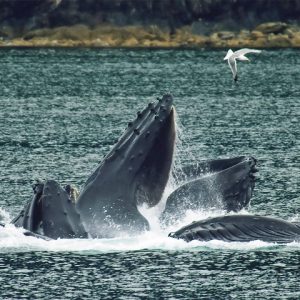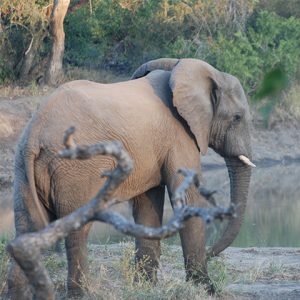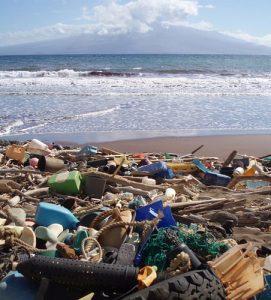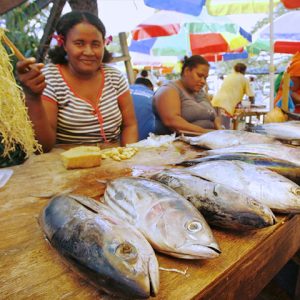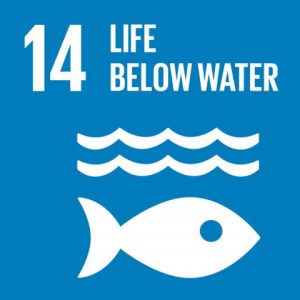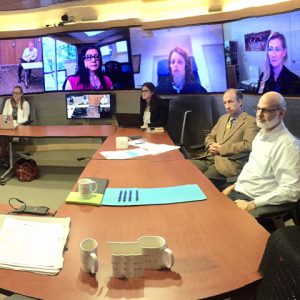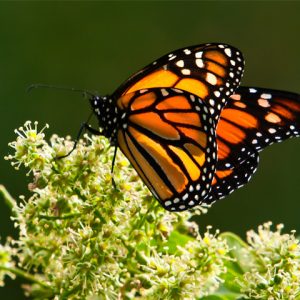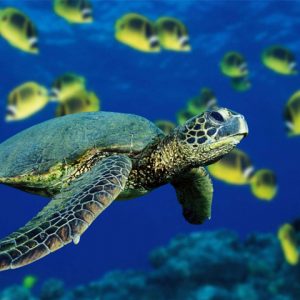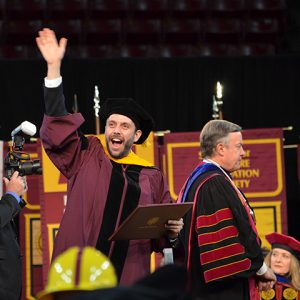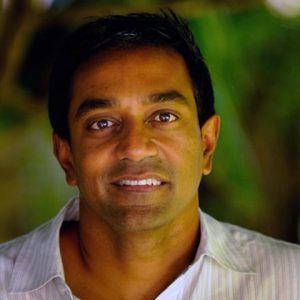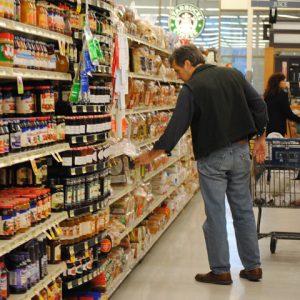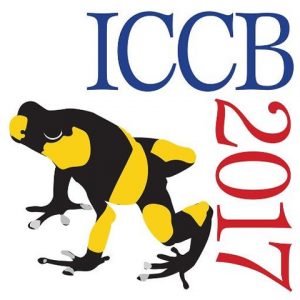Faculty Affiliate Spotlight: Tod Swanson
July 24, 2017
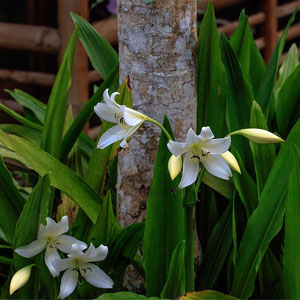 Tod Swanson is a Center for Biodiversity Outcomes (CBO) Faculty Affiliate and Professor in The School of History Philosophy and Religious Studies. He studies language of indigenous people and how language co-evolves with the relationship between people and nature.
Tod Swanson is a Center for Biodiversity Outcomes (CBO) Faculty Affiliate and Professor in The School of History Philosophy and Religious Studies. He studies language of indigenous people and how language co-evolves with the relationship between people and nature.
Tod grew up in Ecuador and married a woman from a small native community found on the banks of the Napo River in the Amazon jungle. Tod and his extensive Ecuadorian family speak Spanish when they have to, but their native tongue is Kichwa, one of several indigenous languages in Amazonia. The family owns a 600 hectare reserve of rainforest, where they operate the Andes and Amazon Field School.



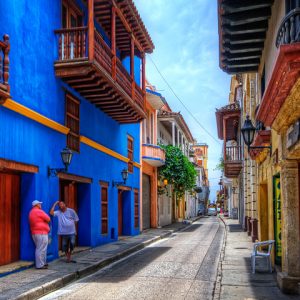
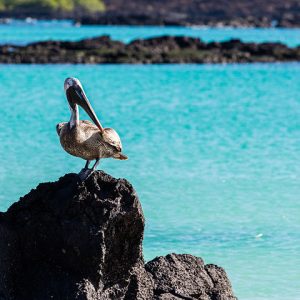
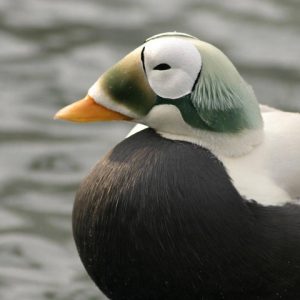

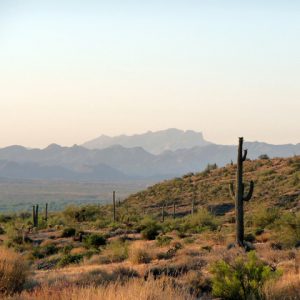
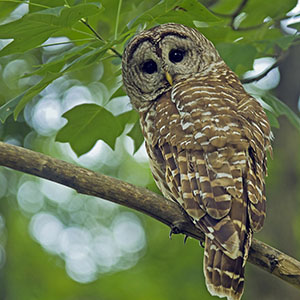 It’s easy to misrepresent the field of species prioritization. It’s often tempting to purport that some scientists are advocating for extinction. A few facts:
It’s easy to misrepresent the field of species prioritization. It’s often tempting to purport that some scientists are advocating for extinction. A few facts:
